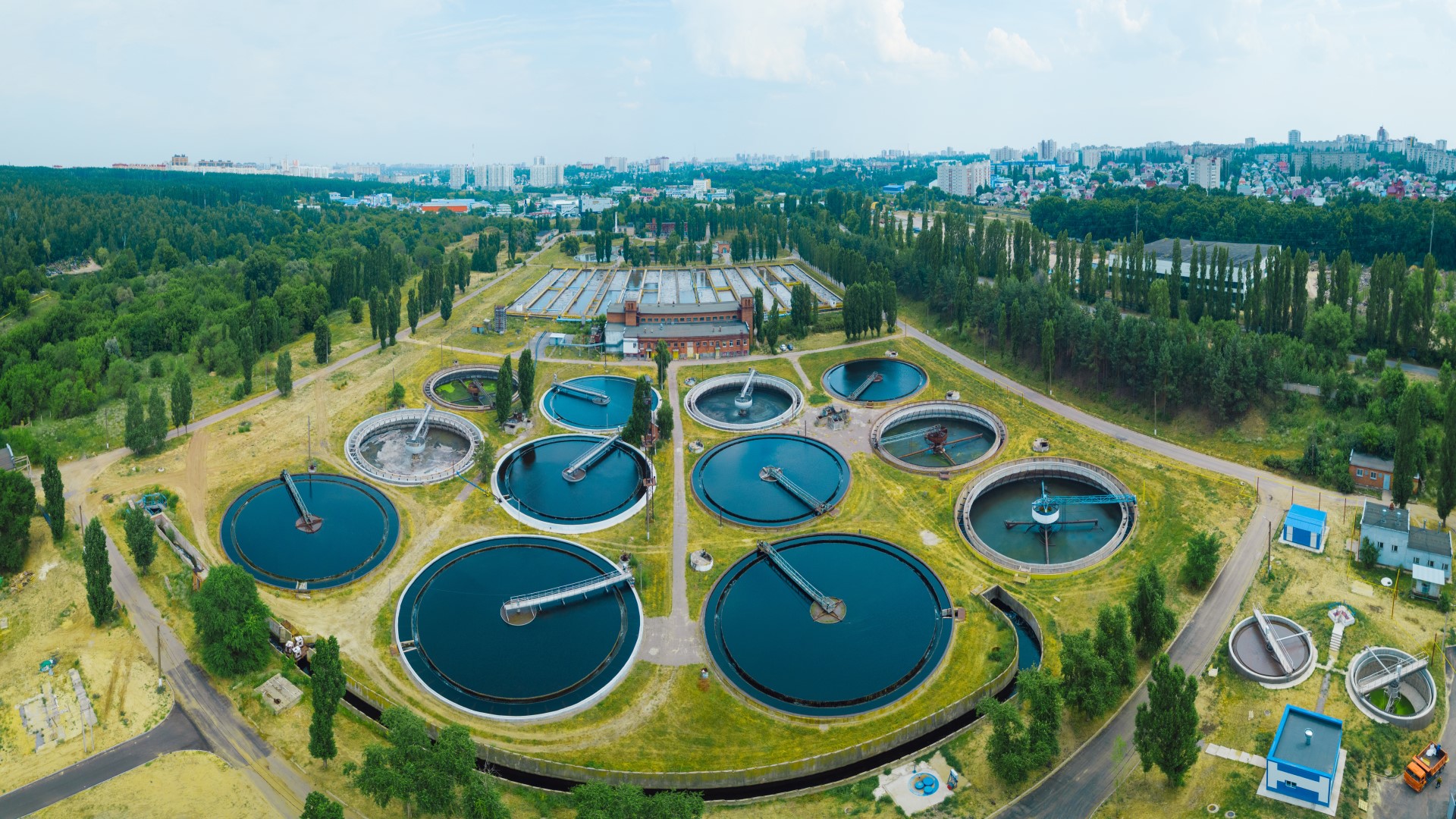SelectUSA Environmental Technology Industry
Industry Overview
Environmental technologies are defined as all industrial goods and services that: foster environmental protection and physical resource efficiency in industrial settings; generate compliance with environmental regulations; prevent or mitigate pollution; manage or reduce waste streams; remediate contaminated sites; design, develop, and operate environmental infrastructure; and afford the provision and delivery of environmental resources.
The United States hosts the largest single market for environmental technologies goods and services, accounting for approximately a quarter of the global market. According to fDi Markets, over the most recent ten years, the United States is the top destination market for announced greenfield FDI projects in the environmental technologies cluster.
The water sector encompasses potable water provision and wastewater treatment industries, with key segments including municipal drinking water delivery and treatment, municipal wastewater conveyance and treatment, ground and surface water remediation, industrial process water treatment, and industrial wastewater treatment. According to the American Water Works Association (AWWA), water utility management is relatively dispersed in the United States, with 4,300 utilities supplying about 80% of the nation’s drinking water and treating almost half of all wastewater. Ownership structure vary from private concerns to state or municipally owned and operated facilities, with approximately 90% of all drinking water service provided by public utilities.
However, significant investment will be needed in the coming decades to maintain the quality of drinking water and continuing improvements in wastewater management. Drinking water is delivered via 2.2 million miles of pipes across the country. Many of those pipes were laid in the early-to-mid-20th century, with a lifespan of 75 to 100 years. As a result, there are significant opportunities for investment in the subsector. Utilities are reporting a strong commitment to maintaining and upgrading their water infrastructure. In 2023, 81% of utility participants indicated they have implemented or are in the process of implementing capital improvement plans, and 73% stated they have implemented asset management programs. Recent funding initiatives such as the Bipartisan Infrastructure Law (BIL), provided a boost to these efforts.
In 2022, there were 5,103 establishments in this industry. As of mid-2024, 63,100 workers were employed in this industry.
This subsector includes air pollution monitoring and control technologies for both stationary and mobile pollution sources. Stationary sources include emissions from thermal energy generation and industrial sources such as boilers, incinerators and smelters. Primary industries for air pollution monitoring and control include electricity, mining, cement, oil and gas refineries, and chemicals. There have been significant improvements in U.S. air quality over the last several decades. According to the U.S. Environmental Protection Agency, between 1970 and 2023, aggregate U.S. emissions of six key air pollutants have dropped by 78%.
This subsector includes solid and hazardous waste management, recycling and resource recovery, and soil pollution prevention and remediation technologies. The technologies needed by this sector depend on the composition and properties of the waste generated. The recycling industry is driven by demand from the materials markets, and its growth is dependent on the price of raw materials. The Institute of Scrap Recycling Industries (ISRI) 2023 Recycling Industry Yearbook estimates that the U.S. recycling industry generates nearly $117 billion annually in economic activity. The industry also directly supports over 159,000 jobs and indirectly supports over 345,000 jobs. Foreign direct investment in this industry totaled $15.2 billion in 2023. There were 28,619 establishments in this industry in 2022.
Explore the impact of foreign direct investment on U.S. jobs, exports, and innovation in the environmental technology industry.
The Investor Guide is a high-level view of everything from taxes to immigration and workforce to business structures.
SelectUSA has created several dashboards to help analyze key FDI data from a variety of sources.





